Honoring Fallen Troops
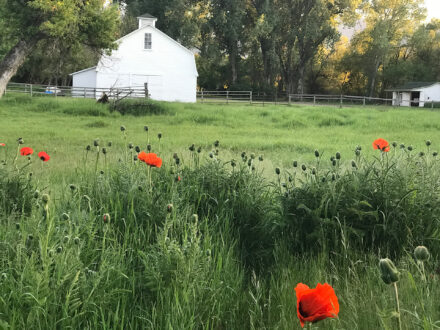
Bighorn Mtn. Foothills photos by John Chase
On Memorial Day, we honor and reflect upon the courage, integrity, and selfless dedication of the members of our Armed Forces who have made the greatest sacrifice in service to uphold our Constitution and defend our safety and freedoms. As I was reflecting on the upcoming holiday, I was reminded of a picture I took a couple of years ago that captured a serene mountain landscape with beautiful red poppies. The Red Poppy, or Remembrance Poppy, has been a symbol of lives lost to war since World War I (1914-1918). Its significance today is for Americans to honor the men and women who have lost their lives protecting our country.
As you and your families observe the Memorial Day holiday, take a moment to read the included history of the Red Poppy, by Rebekah Lowin, and let us reflect on the significance of this American Holiday. We are the freest nation on Earth due to God’s Divine Providence for America and those who have fought and died to install and protect our Constitution and our freedom. God bless all who have given their lives so that we may live free.
History Behind the Red Poppy’s Symbolism
Odds are, you’re aware that Memorial Day is about much, much more than cookouts and lakeside trips with the family. First and foremost, the federal holiday is about honoring the millions of brave heroes who gave their lives for our country. As author, Tamra Bolton writes, “This is the day we pay homage to all those who didn’t come home. This is not Veteran’s Day, it’s not a celebration, it is a day of solemn contemplation over the cost of freedom.” In the past century, a symbol emerged to represent that ultimate sacrifice: red poppies. As the holiday approaches, you’ll notice these vivid flowers everywhere: pinned onto clothing, tied onto rear view mirrors, or hanging from window panes. Whether actual flowers are plucked for the occasion or a fabric or crepe paper stand-in is used, the meaning of the red poppy remains clear: It symbolizes the memory of fallen soldiers, and—like our favorite thoughtful Memorial Day quotes—it acts as a way of keeping our attention on the most important part of the holiday. But when did the red poppy become a national emblem of remembrance—and more interestingly, how did this particular bloom become the official Memorial Day flower in the first place? To explain, we’ll have to rewind all the way back to the early 1900s.
The Significance of Red Poppies on Memorial Day
Poppies are resilient plants—they grow in all sorts of desolate, unfriendly landscapes, including battlefields. According to a report by the History Channel, a brigade surgeon for an Allied artillery unit in Belgium, Lieutenant Colonel John McCrae, was deeply moved by that fact. In the spring of 1915, just after a battle that resulted in the deaths of 87,000 allied soldiers, he noticed the bright flowers blooming in the otherwise barren Flanders Field. Struck by the sight and full of grief, he responded to his circumstances by writing a poem from the perspective of those who had perished. “In Flanders Field” opens with a mention of those same poppies, and closes with the line, “We shall not sleep, though poppies grow In Flanders fields.”
The poem was published in Punch magazine later that year. It would later become one of the most famous works to emerge from the First World War—and a centerpiece at thousands of military memorials. As for the red flower itself, it would soon become the U.S. national emblem of remembrance: Its status as such was concreted on September 27, 1920.
“In Flanders fields, the poppies blow
Between the crosses, row on row,
That mark our place; and in the sky
The larks, still bravely singing, fly
Scarce heard amid the guns below.
We are the Dead. Short days ago
We lived, felt dawn, saw sunset glow,
Loved and were loved, and now we lie
In Flanders fields.
Take up our quarrel with the foe:
To you from failing hands we throw
The torch; be yours to hold it high.
If ye break faith with us who die
We shall not sleep, though poppies grow
In Flanders fields.”
The Symbolism of Poppies in Other Countries
In other countries, the timing differs slightly—and generally speaking, the poppy is arguably better known as a symbol of remembrance in other parts of the world. Citizens in the U.K., Canada, France, Belgium, Australia, and New Zealand wear the red flowers on November 11 each year to commemorate the anniversary of the 1918 armistice (Remembrance Day).
Red Poppies for Memorial Day or Veterans Day?
In the United States, poppies are worn on Veterans Day in remembrance of the scores of men and women who have died fighting for our nation. There is another opportunity to wear them, though: National Poppy Day falls on the Friday before Memorial Day, and it’s become popular to mark the occasion by wearing a poppy and donating to vital veterans’ services. As part of the Veterans of Foreign Wars’ “Buddy Poppy” program, volunteers work to hand out the poppies in exchange for donations to state and national veterans’ rehabilitation and service programs. What’s more, disabled and otherwise in-need veterans are paid for their work to assemble the poppies in VA hospitals around the country. You can learn more on the VFW’s website.

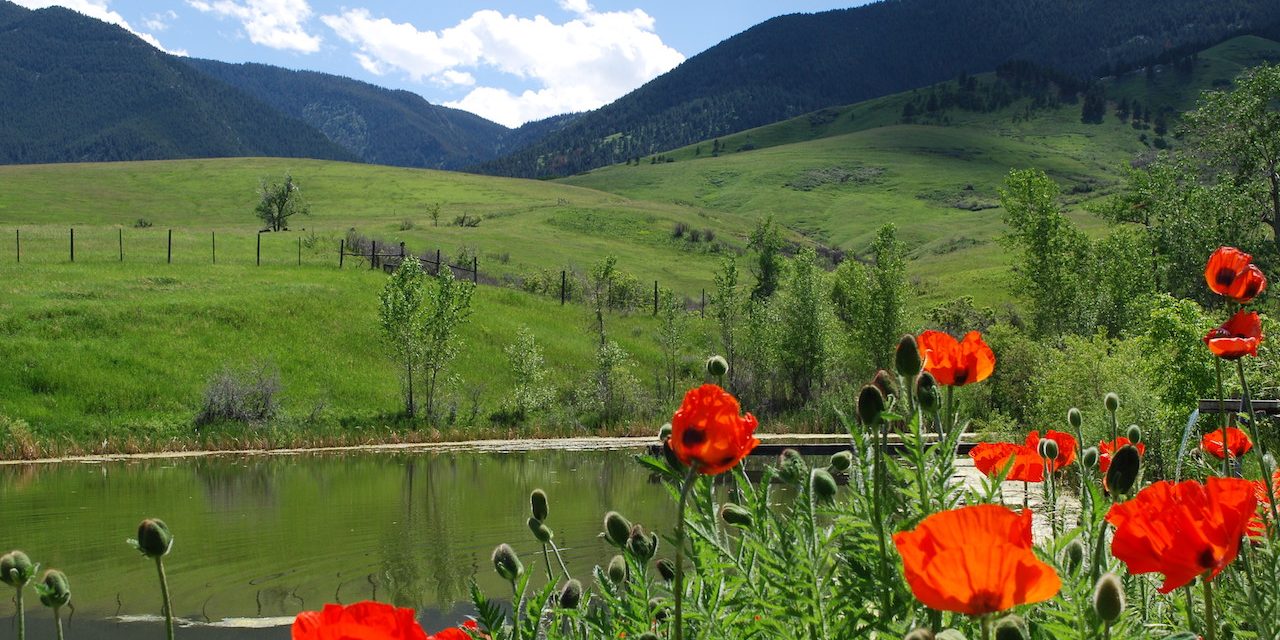


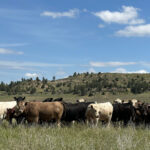

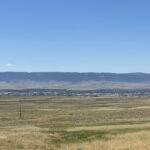





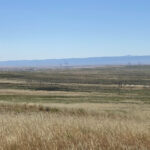

Thank you- knew about the poppies, but hadn’t read the poem in many years. JayG